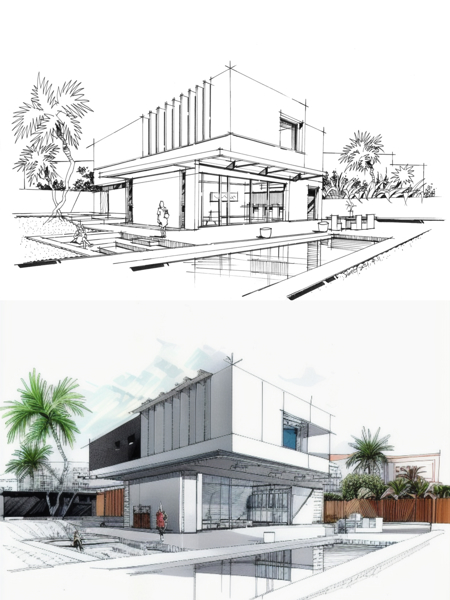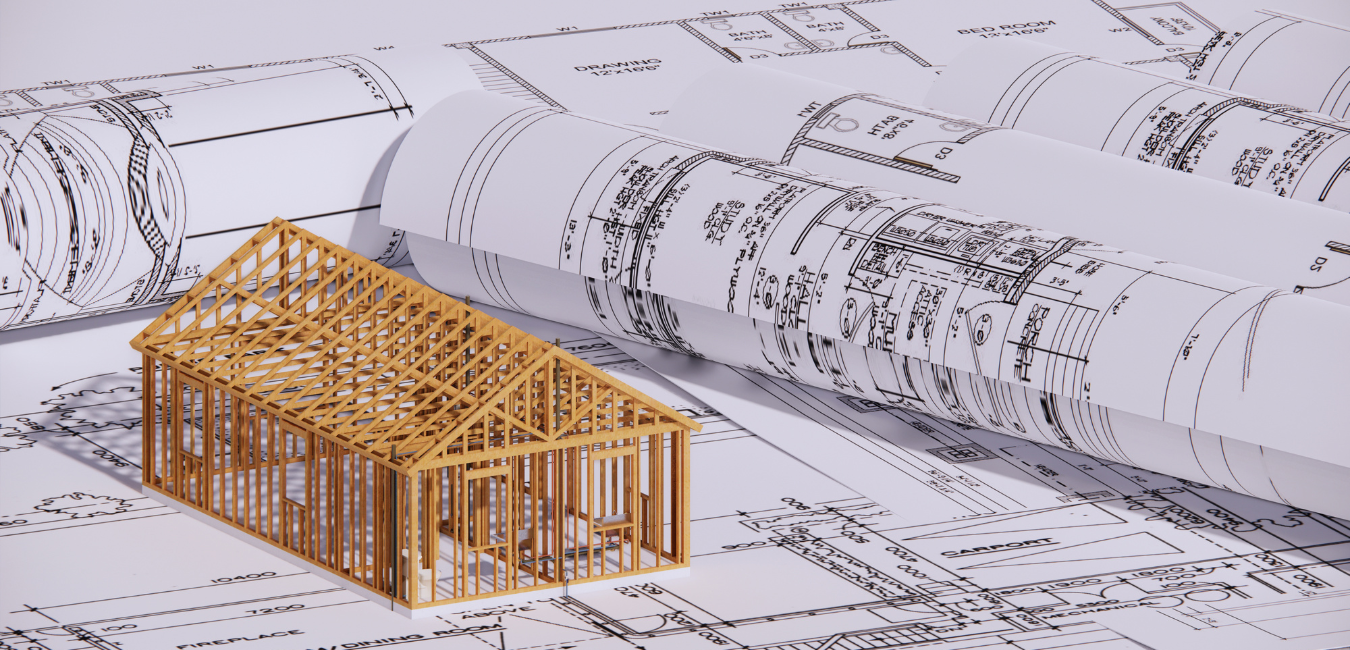Transforming Spaces: The Vision of CDA Architects for Modern Living
Transforming Spaces: The Vision of CDA Architects for Modern Living
Blog Article
The Essential Duty of a Designer in Forming Lasting Urban Atmospheres for Future Generations
The role of an architect in crafting sustainable metropolitan settings is significantly crucial in replying to the difficulties of climate modification and urbanization. By flawlessly incorporating ecological principles right into their designs, architects not just boost the visual and functional quality of urban rooms yet likewise address pressing issues such as energy performance and social equity. Their knowledge in ingenious materials and community involvement forms growths that reverberate with regional values and desires. As we check out the complexities of this area additionally, it ends up being apparent that the future of metropolitan living might hinge on the actual techniques designers employ today.
Comprehending Lasting Urban Design
Lasting urban layout integrates environmental principles with metropolitan preparation to produce settings that are not only comfortable but likewise resistant. This method highlights the importance of integrating all-natural systems into the metropolitan fabric, ensuring that advancement satisfies the demands of the present without endangering the capability of future generations to fulfill their own needs. Crucial element of sustainable urban style consist of reliable land use, the promotion of biodiversity, and the assimilation of environment-friendly spaces, all of which add to improved lifestyle for homeowners.
In addition, lasting metropolitan layout focuses on the decrease of the city heat island result, boosted air quality, and effective stormwater management. It encourages making use of renewable energies and energy-efficient structure techniques, which considerably lower carbon impacts. Furthermore, sustainable metropolitan style promotes social equity by developing accessible public spaces and promoting mixed-use developments that satisfy varied populations.
With thoughtful planning and innovative style techniques, sustainable city atmospheres can improve neighborhood durability against environment modification while promoting financial development. This all natural strategy not only addresses instant metropolitan challenges but additionally prepares for much healthier, a lot more sustainable cities for generations ahead.
Secret Responsibilities of Architects
Architects play a crucial function fit lasting metropolitan atmospheres by converting style concepts into substantial frameworks and spaces. Their duties include a variety of activities that add to the total success of urban design jobs.
Most importantly, architects carry out extensive website analyses to understand the ecological, social, and social context of their projects. This fundamental expertise notifies their style choices, guaranteeing that structures balance with their environments. They also involve in joint processes with stakeholders, consisting of city coordinators, designers, and the community, fostering an inclusive method to city development.
Furthermore, designers are entrusted with creating styles that maximize power performance, source conservation, and functionality. They should abide by neighborhood zoning legislations, developing codes, and sustainability certifications, guaranteeing compliance while pushing the limits of innovation.

Innovative Materials and Techniques
In the search of environmentally responsible style, cutting-edge materials and strategies have become important elements in the production of sustainable metropolitan atmospheres. Architects are progressively making use of materials that minimize ecological impact while improving power efficiency. Recycled materials, such as redeemed wood and repurposed metals, not only minimize waste however likewise include unique aesthetic qualities to structures.
Furthermore, improvements in innovation have resulted in the growth of high-performance materials, such as insulated concrete forms (ICFs) and photovoltaic or pv glass, which add to energy conservation and harness renewable resource. Techniques such as passive solar layout and green roof coverings better exemplify how architecture can harmonize with all-natural systems, lowering reliance on artificial heating & cooling.
Furthermore, the combination of wise materials, which adjust to environmental changes, supplies appealing methods for boosting structure efficiency - cda architects. These materials can react to temperature fluctuations Find Out More or wetness degrees, enhancing convenience and sustainability
Eventually, the strategic choice and application of ingenious products and techniques encourage architects to produce urban spaces that are not just functional and visually pleasing yet also resilient and eco responsible, ensuring a sustainable future for generations ahead.
Community Engagement and Cooperation
The success of innovative products and strategies in sustainable city style is dramatically improved by active area interaction and collaboration. Architects should acknowledge that the constructed environment profoundly impacts the lives of regional homeowners, making it critical to include them in the layout procedure. Involving the community promotes a sense of possession and liability, guaranteeing that advancements not only satisfy visual and practical requirements however likewise show the worths and desires of those who populate them.

Successful neighborhood interaction likewise assists in prioritizing social equity within metropolitan growth. By taking into consideration the voices of marginalized populaces, engineers can create rooms that are comprehensive and equitable. This way, area engagement and cooperation become indispensable to achieving really sustainable metropolitan environments that serve the requirements of present and future generations.
Future Fads in Lasting Architecture

Furthermore, advancements in innovation are shaping future patterns in lasting architecture. The assimilation of wise products and building systems permits real-time energy monitoring, enhancing performance and decreasing carbon impacts. Innovations such as environment-friendly roofs, living wall surfaces, and energy-generating facades are coming to be Full Report basic techniques, better advertising ecological equilibrium within city environments.
In addition, a shift in the direction of biophilic layout is gaining traction, emphasizing the link in between nature and human well-being. By integrating all-natural elements, designers develop rooms that foster mental health and wellness while advertising biodiversity.
Conclusion
To conclude, designers are essential beforehand lasting city atmospheres with their know-how in layout, cutting-edge products, and community engagement. By focusing on power performance and source preservation, these specialists add to the development of durable metropolitan areas that satisfy the requirements webpage of existing and future generations - cda architects. The assimilation of eco-friendly concepts not only improves livability however additionally fosters social equity, guaranteeing developments resonate with the worths and desires of the neighborhoods they offer
Report this page